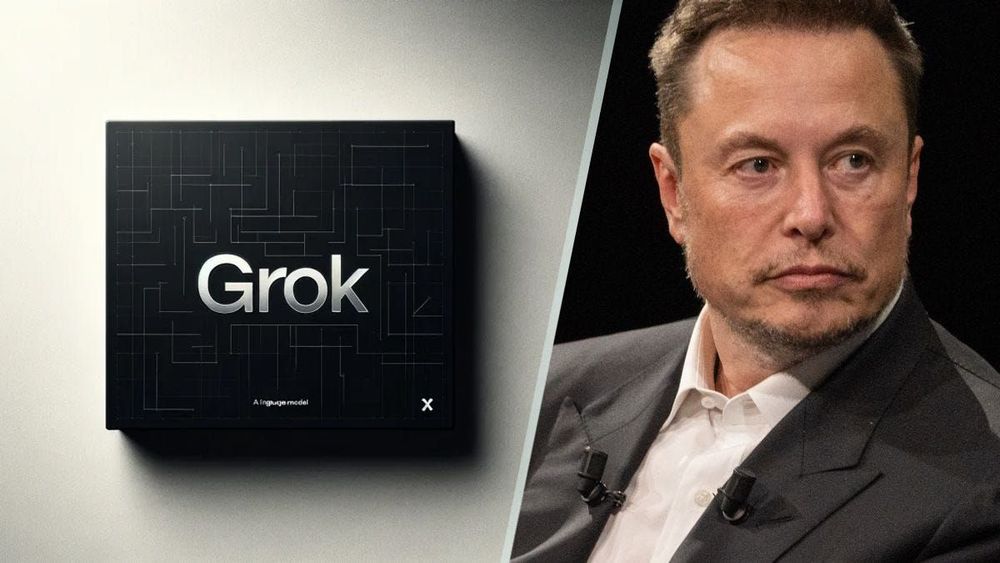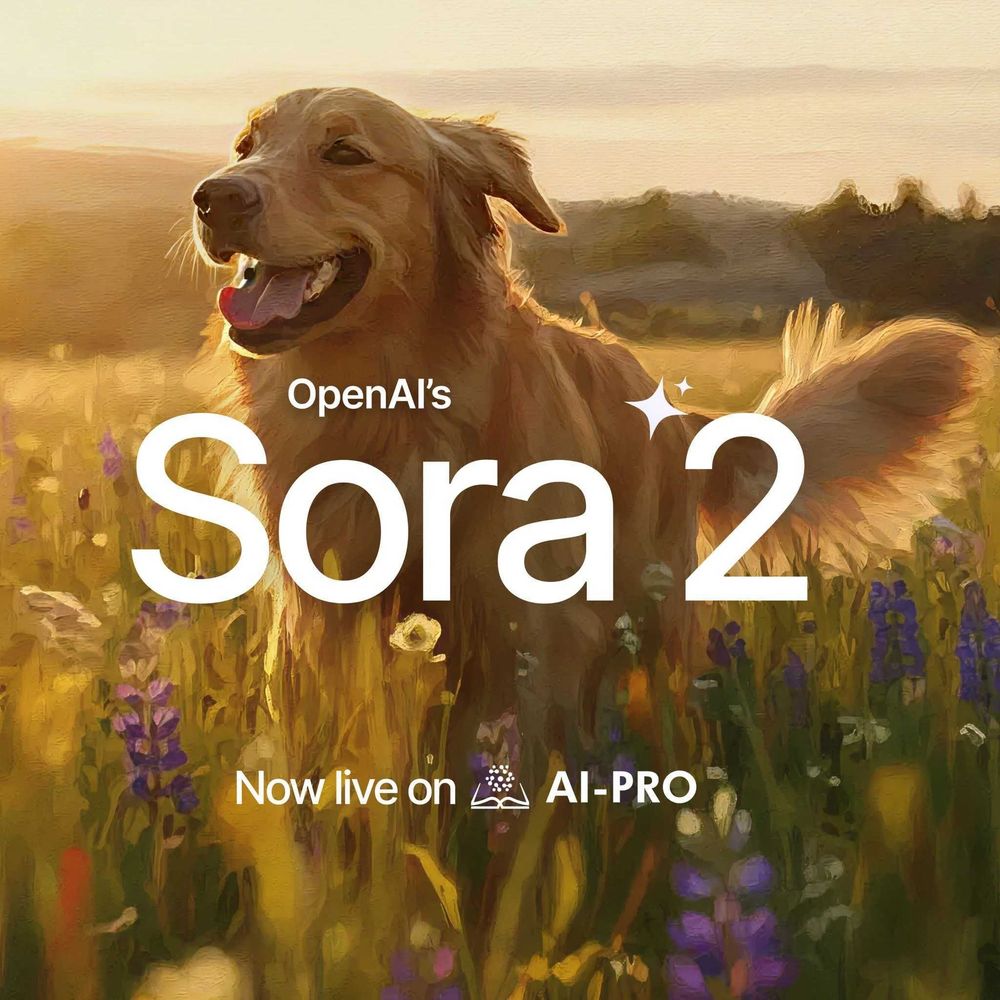Artificial intelligence is evolving at a breakneck pace, and amidst this rapid transformation, Mistral AI is making waves as a trailblazer in language processing technology. With a founding team of seasoned researchers from Google DeepMind and Meta, Mistral AI is on a mission to push the boundaries of what's possible in AI-driven communication, content creation, and more.

Unlike many players in the field, Mistral AI champions open-source innovation, putting advanced AI tools within reach of developers, businesses, and researchers from all walks of life. This approach isn't just about access—it's about empowerment. By removing the barriers posed by proprietary systems and high costs, Mistral AI enables a broader community to build, customize, and deploy cutting-edge language models tailored to their unique needs.
As demand for smarter, more adaptable AI solutions continues to surge, Mistral AI’s role as a key industry player is becoming ever more prominent. From enhancing customer engagement to streamlining content generation, its models are driving real-world impact across industries.
In this article, we’ll take a closer look at what sets Mistral AI apart. We’ll explore its core principles, standout features, and the transformative potential it holds for businesses, researchers, and developers alike. By the end, you'll have a deeper appreciation for Mistral AI’s contributions to the AI revolution and its implications for the future of communication and information processing.
What is Mistral AI?
Mistral AI, a forward-thinking artificial intelligence company based in Paris, France, is making waves in the field of open-source large language models (LLMs). Launched in April 2023, the company has swiftly gained recognition as a global leader in generative AI development, known for its commitment to accessibility and customization. Mistral AI’s core mission is to provide powerful, adaptable AI tools that users can leverage without being confined by the limitations of proprietary platforms.
The company's leadership team includes Arthur Mensch, Guillaume Lample, and Timothée Lacroix—all former researchers from Google DeepMind and Meta. Their collaborative journey began at École Polytechnique, where they shared a common vision of advancing AI technology with real-world impact. The name “Mistral” reflects the strong, influential northwesterly wind that flows from southern France into the Mediterranean—a fitting metaphor for the company’s drive to push the AI landscape forward.
Since its establishment, Mistral AI has drawn significant attention and investment, positioning itself as Europe’s largest AI startup and a formidable force beyond Silicon Valley as of mid-2024. The co-founders’ extensive expertise in AI research has been pivotal to the company’s success. Mensch played a key role in advancing scaling laws for LLMs during his tenure at DeepMind, while Lample and Lacroix contributed to the development of Meta’s LLaMA models. This convergence of experience has enabled Mistral AI to create models that rival—and often surpass—larger alternatives, thanks in part to innovations in a sparse mixture of experts (MoE) architecture.
By embracing open-source principles, Mistral AI empowers users to access and tailor its models, fostering a collaborative ecosystem where community contributions thrive. This approach not only expands access to advanced AI tools but also supports Mistral’s vision of providing versatile solutions that can be customized for a wide array of industry applications.
Three Key Features of Mistral AI

Mistral AI sets itself apart with a range of standout features designed to optimize usability, performance, and adaptability in natural language processing (NLP). These defining elements include its open-source model strategy, innovative model architecture, and powerful function calling capabilities.
- Open-Source Model Approach
Central to Mistral AI's philosophy is its dedication to open-source models. This approach grants users the ability to access, customize, and deploy the model’s underlying code and data freely. By providing open weights—the parameters learned during training—Mistral AI enables developers and organizations to tailor models to their unique needs. This transparency not only fuels innovation but also fosters community-driven collaboration, encouraging continuous enhancements to the models.
The impact of this open-source approach is particularly significant for industries with strict data privacy and governance needs, such as finance and healthcare. Organizations can fine-tune Mistral’s models and deploy them in secure, on-premises environments, reducing the risks of data leakage. Erika Bahr, CEO of AI firm Daxe, highlights this advantage, noting, “To get the highest level of security standards, you have to be able to see where the data goes.” This capability supports compliance with regulatory requirements while unlocking the potential of advanced AI technology.
- Innovative Model Architecture
Mistral AI’s models are built on a mixed transformer architecture—a proven framework for generating coherent and context-aware text. This architecture predicts the next word or phrase in a sequence, enabling it to perform a wide range of NLP tasks with precision. However, Mistral takes this design further with its Mixture of Experts (MoE) architecture used in models like Mixtral 8x7B and Mixtral 8x22B.
The MoE approach employs multiple smaller models, known as “experts,” which are selectively activated during processing. This method boosts performance and reduces computational overhead. Baris Gultekin, head of AI at Snowflake, underscores this point, stating, “When an LLM is faster and smaller to run, it’s also more cost-effective.” This efficiency allows Mistral’s models to deliver exceptional performance while remaining accessible and cost-effective for organizations looking to adopt advanced AI solutions.
- Function Calling Capabilities
One of Mistral AI’s most distinctive features is its built-in function calling capabilities. Models like Mistral Large 2 and NeMo can seamlessly integrate with external platforms, enabling them to execute tasks beyond basic NLP functions. This capability enhances model versatility by supporting real-time data retrieval, calculations, and access to external databases.
Function calling allows users to fine-tune Mistral models within a variety of system environments, leveraging existing frameworks to achieve even higher levels of performance. For instance, during a hackathon, participants successfully integrated a Mistral LLM into a Pac-Man game, fine-tuning it to make strategic moves for victory. This example illustrates the practical, real-world applications of function calling in diverse scenarios.
Three Categories of Mistral AI Models

Mistral AI’s large language models (LLMs) are grouped into three main categories: general-purpose models, specialist models, and research models. This classification makes it easier for users to select the right model for their specific needs, whether they require versatile language capabilities or models designed for specialized tasks.
General-Purpose Models
Mistral AI’s general-purpose models are versatile tools capable of handling a broad array of natural language processing (NLP) tasks. These models excel in text generation, language translation, and more, offering cutting-edge performance relative to their size and computational demands.
- Mistral Large 2
As Mistral AI’s flagship model, Mistral Large 2 boasts an astonishing 123 billion parameters. Launched in September 2024, it has consistently outperformed most open models in benchmark tests, even rivaling advanced closed-source models. Built with an architecture optimized for high throughput on a single node, it’s a powerful solution for large-scale NLP implementations. The model supports multiple languages, including English, French, Spanish, and several programming languages. However, its commercial use requires a specific license due to its advanced capabilities.
- Mistral Small
Originally launched as an enterprise model in February 2024, Mistral Small was later updated and reintroduced as Mistral Small v24.09 in September 2024. Featuring 22 billion parameters, it serves as a cost-effective middle ground between Mistral Large 2 and smaller models like Mistral NeMo. This model operates under the Mistral Research License, allowing open usage for research while requiring approval for commercial applications.
- Mistral NeMo
Developed in collaboration with NVIDIA, Mistral NeMo features 12 billion parameters and is specifically designed for multilingual applications. It is the only fully open-source model within Mistral’s general-purpose offerings. Licensed under Apache 2.0, users have unrestricted access to modify and deploy it for both commercial and non-commercial purposes.
Specialist Models
Specialist models from Mistral AI are purpose-built for specific applications rather than general text processing, making them ideal for tasks that require domain-specific expertise.
- Codestral
Focused on code generation, Codestral supports over 80 programming languages, including Python, Java, and C++. It’s governed by the Mistral AI Non-Production License, intended for research and testing, though commercial licenses can be obtained upon request.
- Mistral Embed
Specializing in word embeddings, this model generates vector representations of words to capture semantic relationships. It’s especially useful for applications requiring deeper semantic understanding of text, though it currently supports only the English language.
- Pixtral 12B
A multimodal model with 12 billion parameters, Pixtral processes both text and images, thanks to a combination of a text decoder and an image vision encoder. This unique architecture enables tasks like image-based question answering and has demonstrated competitive performance on multimodal AI benchmarks.
Research Models
Mistral’s research models are fully open-source, with no restrictions on commercial use or deployment environments. They provide a foundation for experimentation, development, and real-world application.
- Mixtral
The Mixtral family employs a sparse mixture of experts (MoE) architecture, enabling only a subset of model parameters to be activated during inference. This design improves efficiency while maintaining high performance. Variants like Mixtral 8x7B and Mixtral 8x22B deliver powerful NLP capabilities with lower computational demands.
- Mathstral
An optimized offshoot of the original Mistral 7B, Mathstral is built to solve mathematical problems more efficiently. Available under the Apache 2.0 license, it’s widely used in math-focused NLP applications.
- Codestral Mamba
Unlike traditional transformer models, Codestral Mamba leverages a new mamba architecture aimed at boosting speed and extending context length. This novel design allows for enhanced responsiveness and performance in extended context scenarios.
Mistral AI’s diverse model lineup provides users with tailored solutions for a variety of needs. Each model’s unique capabilities ensure that developers, researchers, and organizations can leverage advanced NLP technology for general, specialized, and experimental applications. With a focus on flexibility, performance, and accessibility, Mistral AI continues to lead innovation in generative AI.
Two Other Offerings from Mistral AI

In addition to its advanced language models, Mistral AI offers two major platforms that enhance user experience and simplify AI application development: Le Chat and La Plateforme.
Le Chat
Le Chat is Mistral AI’s interactive chatbot service, designed to facilitate dynamic conversations and generate content akin to established platforms like ChatGPT and Claude. Launched in beta on February 26, 2024, Le Chat enables users to engage with various Mistral models, each offering distinct strengths. Users can choose from Mistral Large for enhanced reasoning, Mistral Small for cost-effective, fast responses, and Mistral Large 2 for experimental interactions.
While Le Chat provides clear, context-aware responses, it does not have access to real-time internet updates. As a result, its answers may not always reflect the most current information. Like other generative AI systems, it may also produce biased or incorrect outputs. Mistral AI is actively addressing these challenges to ensure more accurate, balanced, and reliable responses.
Le Chat is freely available at chat.mistral.ai/chat, making it an accessible resource for individuals and organizations exploring conversational AI. For enterprises, Mistral AI is developing a paid version with enhanced features tailored to the specific needs of business clients.
La Plateforme
La Plateforme serves as Mistral AI’s development and deployment API platform, providing users with an intuitive ecosystem for experimenting with and fine-tuning Mistral’s models on custom datasets. This platform supports both technical and non-technical users, streamlining the process of creating and deploying AI-driven applications.
Key Features of La Plateforme:
- Agent Builder: A user-friendly interface that enables users to create, customize, and configure AI agents with ease. Users can select models, set temperature parameters, and provide specific instructions or examples to fine-tune performance.
- Model Selection: Users can select from Mistral’s diverse range of models, ensuring optimal performance for their unique applications and use cases.
- Agent API: For developers seeking integration capabilities, the Agent API provides programmatic access, enabling seamless incorporation of AI agents into existing workflows and automation processes.
La Plateforme supports scalable deployment, allowing businesses to expand their AI capabilities as their needs evolve. By providing a simplified yet powerful development environment, La Plateforme makes advanced AI accessible to a broader range of users, from developers to enterprise clients.
The Seven Ideal Applications of Mistral AI

Mistral AI’s large language models (LLMs) are vers6atile foundation models that can be fine-tuned for a diverse range of natural language processing (NLP) tasks. Their adaptability allows them to support various applications across multiple industries, boosting productivity and streamlining workflows. Below are some of the key applications of Mistral AI’s models:
- Chatbots
Mistral AI’s models are essential for powering intelligent chatbots capable of understanding and responding to natural language queries with precision and a human-like touch. By leveraging the advanced capabilities of models like Mistral Large and Mistral Small, these chatbots facilitate dynamic and meaningful conversations. They are widely used in customer service, technical support, and sales assistance, offering real-time support with minimal human intervention.
- Text Summarization
Mistral AI’s models excel at summarizing lengthy documents, reports, and articles. By condensing large volumes of information into concise key points, these models enable users to quickly grasp essential content without reading extensive text. This functionality is invaluable for professionals dealing with information-dense materials, such as researchers, journalists, and legal analysts, saving them significant time and effort.
- Content Creation
The content generation capabilities of Mistral AI are a game-changer for marketers, writers, and businesses. The models can produce high-quality, contextually relevant text for a wide range of formats, including blog posts, emails, social media content, short stories, and more. By automating content creation, Mistral AI significantly reduces the time and resources needed to produce compelling written material.
- Text Classification
Mistral AI’s models are adept at classifying text into specific categories, enabling businesses to automate processes like email filtering, customer inquiry categorization, and content moderation. For example, emails can be automatically flagged as spam or non-spam, while customer service tickets can be sorted for faster resolution. This capability improves operational efficiency, reduces manual workload, and enhances customer experience.
- Code Completion
Developers can leverage Mistral AI’s models to accelerate software development through code generation and completion. These models suggest code snippets, optimize existing code, and even identify and fix bugs. By handling routine coding tasks, developers can focus on higher-level design and problem-solving, leading to faster development cycles and reduced project timelines.
- Sentiment Analysis
Sentiment analysis is another key capability of Mistral AI’s models. They can detect and interpret the emotional tone behind text inputs, identifying whether the sentiment is positive, negative, or neutral. This application is particularly useful for businesses tracking customer feedback, analyzing social media mentions, and evaluating public sentiment about products, services, or brand reputation.
- Multilingual Support
Mistral AI’s models offer multilingual capabilities, supporting languages such as English, French, Spanish, German, Italian, Portuguese, Arabic, Hindi, Russian, Chinese, Japanese, and Korean. This multilingual support allows organizations to deploy AI-driven solutions in diverse linguistic environments, making them ideal for global businesses and international customer support.
The Future with Mistral AI
Mistral AI stands at the forefront of artificial intelligence, offering advanced large language models and user-friendly tools that redefine how people and businesses engage with AI technology. With a strong commitment to open-source principles, Mistral AI democratizes access to cutting-edge AI while fostering a collaborative environment for continuous improvement and customization.

The versatility of Mistral AI's models is evident in their wide-ranging applications, from chatbots and content creation to text summarization, code completion, and beyond. Complementary offerings like Le Chat and La Plateforme further streamline user interaction and development, enabling businesses to integrate AI solutions tailored to their needs with ease.
As Mistral AI continues to innovate, it remains focused on addressing challenges like bias and accuracy in generative AI. By prioritizing transparency, reliability, and user empowerment, Mistral AI is shaping the future of AI-driven technology.
In a world increasingly driven by data and automation, Mistral AI stands out as a leader dedicated to delivering accessible, high-performance AI solutions. Whether you're a developer, a business leader, or an AI enthusiast, Mistral AI provides the tools and resources to harness the transformative potential of artificial intelligence.





